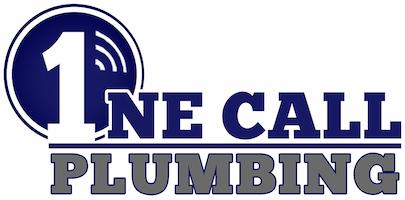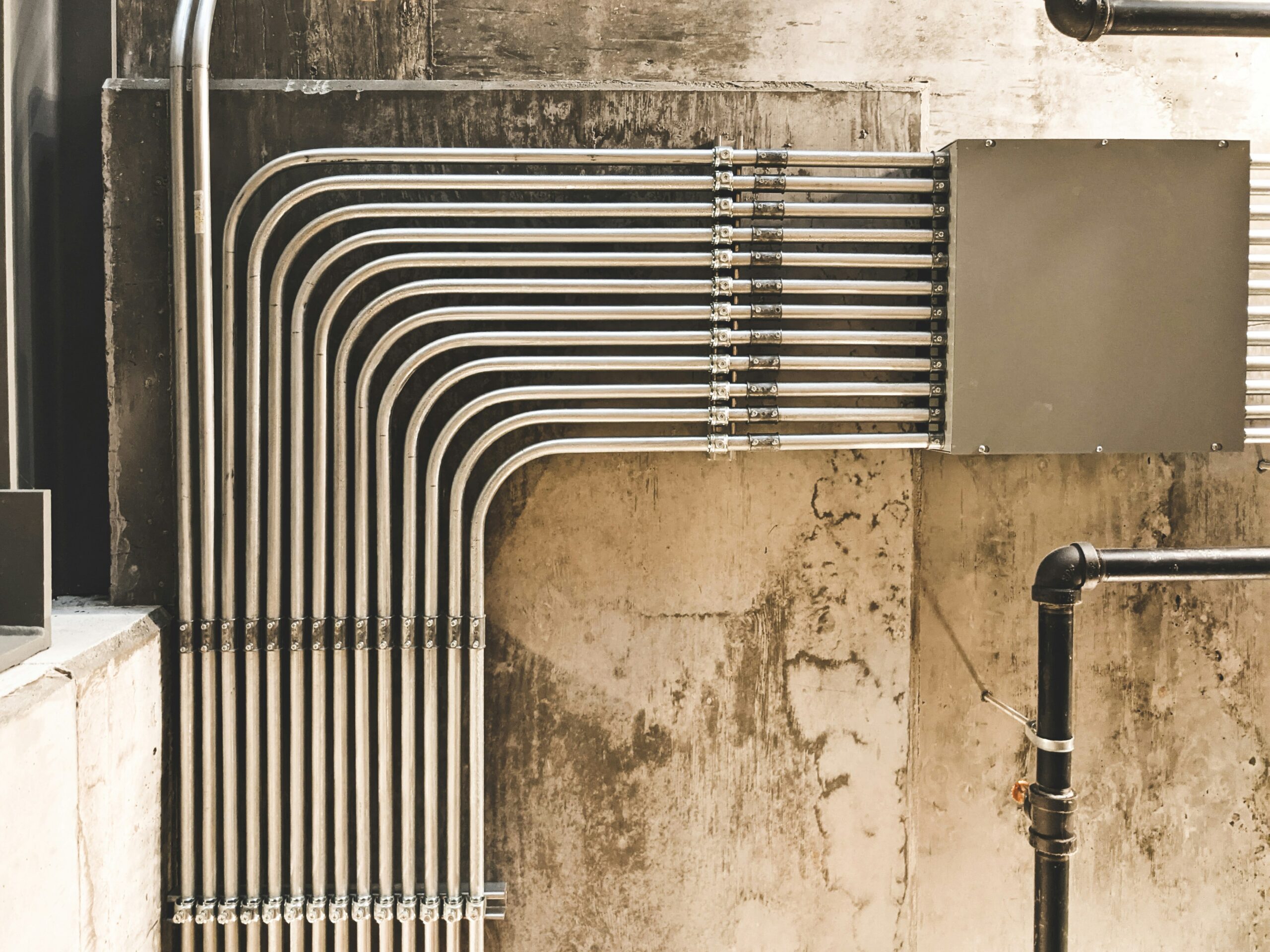Water heating accounts for a significant portion of energy expenditure in homes and businesses. As the urgency to conserve energy and reduce utility bills rises, consumers and organizations are turning their attention to energy-efficient water heating solutions. These solutions not only support environmental sustainability efforts but also offer economic benefits by cutting down long-term costs associated with water heating.
Recent advancements in technology have paved the way for a variety of energy-efficient water heating systems. From tankless on-demand water heaters to solar water heating systems, these technologies offer improved performance over traditional water heaters. They are designed to provide the same level of comfort and reliability while consuming less energy.
Adoption of these energy-saving options requires understanding the different types of energy-efficient water heating systems, as well as their potential savings and implications for installation. Educational outreach and incentive programs are important tools in accelerating the switch to more efficient systems, enabling households and companies to make informed decisions that align with their economic and environmental goals.
Fundamentals of Water Heating
Water heating is a process that involves converting energy to heat and transferring that heat to water in an efficient and controlled manner. It is essential for various residential, commercial, and industrial needs.
Thermodynamics of Water Heating
The thermodynamics of water heating revolves around specific heat capacity and the water’s temperature rise. The amount of energy required to raise the temperature of one unit of water by one degree Celsius is a critical factor to consider. Ensuring minimal heat loss during this process is crucial for efficiency.
Energy Transfer Methods
There are several methods of transferring energy to heat water:
- Conduction: Heat transfer through direct contact.
- Convection: Circulation that carries heat through fluids.
- Radiation: Heat transfer through electromagnetic waves.
Types of Water Heaters
The market offers varied water heater types, each with unique mechanisms:
- Storage Water Heaters: Maintain a reservoir of hot water.
- Tankless Water Heaters: Heat water on demand without storing it.
- Heat Pump Water Heaters: Move heat from one place to another instead of generating it directly.
- Solar Water Heaters: Utilize solar panels to capture energy from the sun.
- Condensing Water Heaters: Designed to capture heat from exhaust gases.
Each type has a distinct energy efficiency profile and suitability depending on the application.
Energy-Efficient Technologies
Energy efficiency in water heating is crucial for reducing utility bills and conserving resources. The following technologies offer effective solutions in heating water by utilizing less energy than traditional water heating methods.
Solar Water Heating Systems
Solar water heating systems harness the sun’s energy, which is abundant and free, to heat water. They typically consist of solar collectors mounted on the roof and a storage tank. These systems can reduce the need for conventional water heating by up to 70%.
Heat Pump Water Heaters
Heat pump water heaters are remarkably efficient because they transfer heat from the air or ground to the water, rather than generating heat directly. These heaters can be up to three times more energy efficient than traditional electric resistance water heaters.
Tankless Water Heaters
Tankless or on-demand water heaters provide hot water only as it is needed, eliminating the energy losses associated with storing hot water. They are capable of reducing energy consumption by 24% to 34% for households that use 41 gallons or less of hot water daily.
Condensing Water Heaters
Condensing water heaters are an option primarily for those who heat water with gas. These heaters operate by capturing hot exhaust gases that are typically expelled out the flue, which in turn heats the water. This process can achieve an efficiency rate of up to 98%.
Improving Existing Systems
Effective enhancement of hot water systems focuses on insulation, temperature settings, and regular upkeep for optimizing performance and energy efficiency.
Water Heater Insulation
Insulating water heaters and pipes reduces heat loss, retaining water at a set temperature for longer periods. For tanks located in unheated spaces, insulation can reduce standby heat losses by 25-45%, translating to about 4-9% in water heating costs. Consider using pre-cut jackets or blankets with an insulating value of at least R-8.
Temperature Optimization
Setting the water heater’s thermostat to an optimal temperature can strike a balance between comfort and savings. The default setting is typically around 140°F, but reducing it to 120°F can minimize heat loss and save up to 22% annually on heating costs, without sacrificing comfort. Professional services can help with accurate temperature adjustments, linked to affordable water heater repair or replacement when necessary.
Regular Maintenance
Maintain water heating efficiency through periodic checks and flushes, removing sediments that impair the system’s functionality. Manufacturers recommend annual inspections, which can extend the unit’s life and uphold its efficiency. Tasks such as checking the pressure relief valve and examining for leaks or rust are best handled by professionals to ensure safe and proper maintenance.
Behavioral Changes and Usage
Adopting energy-efficient behaviors and adjusting how one uses water can substantially reduce energy consumption related to water heating.
Low-Flow Fixtures
Low-flow fixtures restrict the flow rate of water, thus lessening the demand on water heaters. Installing aerated showerheads and faucets can cut water usage in half without compromising water pressure. They achieve this by mixing air with water to deliver a satisfying flow.
Smart Home Integration
Smart home technology allows for precise control over water heating systems. Devices such as smart thermostats for water heaters can schedule heating times, reducing energy waste. Additionally, leak sensors can notify homeowners of any inefficiencies or unnecessary water usage in real-time.
Efficient Usage Patterns
Adhering to efficient usage patterns can drastically lower energy consumption. This involves practices like taking shorter showers and only running dishwashers and washing machines with full loads. Implementing these patterns can lead to measurable energy savings over time.
Regulatory Standards and Incentives
The establishment of regulatory standards and incentives is crucial for promoting the adoption of energy-efficient water heating solutions. These mechanisms encourage manufacturers and consumers to prioritize energy efficiency in water heating.
Energy Rating Systems
Energy rating systems serve as a benchmark to evaluate and compare the efficiency of water heaters. ENERGY STAR is a prominent energy rating system in the United States, which identifies high-performance water heaters that often exceed federal standards. Products meeting ENERGY STAR requirements are typically in the top 25 percent of their class for energy efficiency.
Tax Credits and Rebates
Governments and utility companies often offer tax credits and rebates to incentivize the purchase of energy-efficient water heaters. For example, the U.S. federal government provides a tax credit for certain ENERGY STAR certified water heaters, which can cover a portion of the purchase and installation costs. Rebates can vary by state and local jurisdiction, and it is important for consumers to research available options in their area.
- Federal Tax Credit: Up to 10% of cost, capped at specific amounts for different technologies
- State Rebates: Can range from $50 to $500
- Utility Rebates: Often provided for models that surpass minimum efficiency standards
Building Codes and Regulations
Building codes and regulations establish minimum efficiency standards for water heaters in new construction and major renovations. These are regularly updated to reflect advancements in technology and drive the market towards more energy-efficient options. Compliance with these codes not only ensures energy savings but also helps reduce overall greenhouse gas emissions.
- International Energy Conservation Code (IECC)
- Local Amendments: May set higher efficiency requirements
- Updates: Reflect current technologies and can be more stringent than federal standards
Environmental Impact and Sustainability
Energy-efficient water heating solutions play a crucial role in reducing environmental impact and promoting sustainability. They achieve this by minimizing greenhouse gas emissions, conserving water, and evaluating their environmental footprint over their lifetime.
Carbon Footprint Reduction
Energy-efficient water heaters significantly reduce the amount of carbon dioxide (CO2) released into the atmosphere. For instance:
- Traditional electric water heaters can release approximately 2,000-3,000 lbs of CO2 annually.
- High-efficiency water heaters can reduce these emissions by up to 50%.
Water Conservation
Energy-efficient water heating methods often include features that conserve water. For example:
- On-demand tankless water heaters result in less wasted water, saving an average of 24-34% of water for homes that use less than 41 gallons per day.
- Heat pump water heaters use air-source heat pump technology, which does not waste water in the heating process.
Life-Cycle Assessment
A life-cycle assessment (LCA) evaluates the environmental impacts of water heaters from production to disposal. Points to consider include:
- Raw material extraction and processing can contribute significantly to the eco-footprint.
- Efficient models are designed to have longer life spans and recyclable components, lessening waste and resource use.
Economic Considerations
When considering energy-efficient water heating solutions, potential buyers should examine immediate and long-term economic impacts. This includes performing a cost-benefit analysis, understanding long-term savings, and being aware of current market trends.
Cost-Benefit Analysis
The upfront installation cost of an energy-efficient water heating system can be significant. However, the key factor is the payback period, which can be evaluated based on energy savings over time. For example, a solar water heater may cost $4,000 to install but provides an average saving of $280 per year on utility bills, leading to a break-even point in approximately 14 years.
Long-Term Savings
Energy-efficient water heaters, while more costly upfront, typically lead to substantial savings over their lifespan. Insulated tank models or tankless water heaters, for example, save up to 20-30% more energy than conventional models. This equates to an average of $100-$200 annual savings on energy bills, making them a financially sound investment in the long run.
Market Trends
The energy-efficient water heater market is seeing increased demand, influencing both prices and available models. As of 2024, a growing preference for sustainable technology causes a surge in market competitiveness, leading to more affordable options for consumers. The average cost of a high-efficiency unit now ranges between $1,200 and $2,500, down from prior years, with additional incentives such as tax rebates and credits available in many regions.
Future Innovations and Trends
The realm of water heating is on the cusp of significant change driven by emerging technologies, integration with renewable energy, and smart grid compatibility.
Emerging Technologies
Researchers are developing new materials and designs for water heaters. One example is the heat pump water heater that exhibits remarkable efficiency by extracting warmth from the air. Another advancement is tankless or on-demand water heaters, which heat water directly without the need for a storage tank, greatly reducing standby energy losses.
- Micro-CHP systems (Micro combined heat and power) harness the waste heat from electricity generation for home water heating.
- Vacuum insulation technology in storage tanks that dramatically reduces heat loss.
Integration with Renewable Energy
Water heaters are increasingly designed to work in tandem with solar and geothermal energy sources.
- Solar water heaters can include either passive systems, which are typically less expensive but less efficient, or active systems, which are more effective at converting sunlight to heat.
- Geothermal heat pump systems utilize the steady temperatures underground as a heat exchange medium, resulting in highly efficient water heating.
Smart Grid Compatibility
The future water heating systems will be smart grid-ready, allowing for:
- Real-time energy consumption monitoring, enabling homeowners to make informed decisions about their energy usage.
- Demand response capabilities where water heaters can adjust their operation during peak load periods to reduce stress on the grid and lower energy costs.
| Feature | Benefit |
| Remote control | User convenience, energy savings |
| Automated scheduling | Optimization of heating times for efficiency |
| Energy usage analytics | Improved energy management and tracking |
These systems will be adaptable to the dynamic nature of grid management, contributing to greater overall energy system efficiency.



